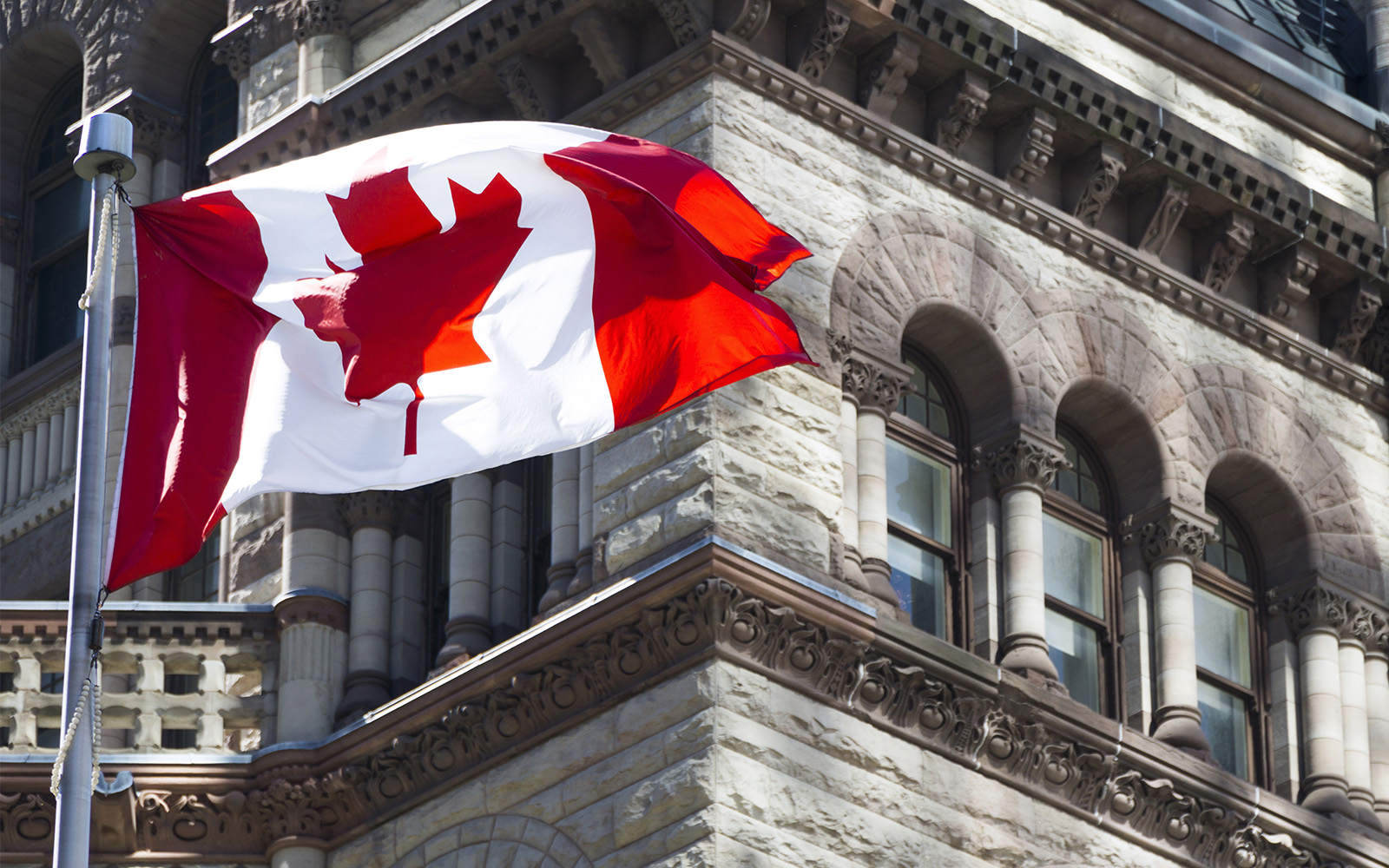Consumer Debt Index highlights impact of affordability crisis: More Canadians say necessities such as food, housing and transportation are less affordable
- More than half say it’s becoming less affordable to feed themselves and their family (52%, +5pts).
- Nearly half say transportation has become less affordable (45%, +9pts).
- Nearly half are finding clothing or household necessities less affordable (45%, +5pts)
- Younger Canadians hit hardest with the largest decrease in finances available at month-end, dropping $273 since last quarter to $606.
- Renters are significantly more likely to be concerned about the impact of rising interest rates on their financial situation (34% of renters vs. 29% of owners).

CALGARY, AB – October 3, 2022 – The impact of this year’s consecutive interest rate hikes and persistent inflation is becoming clear, as Canadians are seeing the effect on their wallets. According to the latest MNP Consumer Debt Index, which is conducted quarterly by Ipsos, more Canadians say life’s necessities are becoming less affordable as the cost of living continues to soar. Compared to December 2021, significantly more say it’s becoming less affordable to feed themselves and their family (52%, +5pts), put money aside for savings (49%, +5pts), and pay for transportation (45%,+9pts), housing (37%,+2pts), and clothing or other household necessities (45%,+5pts) and pay for housing (37%,+2pts).
“Canadians are putting more of their paychecks towards basic necessities. That is leaving less of a financial buffer to manage the impacts of current and potential future interest rate hikes,” says Grant Bazian, president of MNP LTD., the country’s largest insolvency firm.
While fewer Canadians find themselves closer to insolvency than last quarter (46%,-6pts) — meaning they’re $200 away or less from not being able to meet all of their financial obligations at the end of the month — the average Canadian has less disposable income overall as they pay more for life’s necessities. The amount the average Canadian has left over at month-end decreased by $37 from the previous quarter to $654. Younger Canadians are being hit particularly hard; those aged 18-34 noticed the largest decrease in their average month-end finances, which dropped by $273 to $606.
“We are seeing a modest improvement in the number of Canadians who are at risk of insolvency since last quarter, however, it is important to note that nearly half of Canadians are still just $200 away from not being able to cover their bills and debt obligations. With less room in their budgets, any future increases to interest rates or the prices of everyday items could push individuals closer to insolvency,” says Bazian. “Younger Canadians are feeling the squeeze of inflation more than the rest, and will be more vulnerable to economic changes as a result.”
Renters and lower-income households may also be more financially vulnerable to the impacts of rising interest rates and costs of living. Compared to homeowners, those who rent are significantly more likely to be concerned about the impact of rising interest rates on their financial situation (34% of renters vs. 29% of owners). Furthermore, renters are significantly more likely to be concerned with their ability to repay their debts (63% of renters vs. 48% of owners). They’re also more likely to be afraid they will be in financial trouble (59% of renters vs. 41% of owners) as interest rates continue to rise or that rising rates could move them towards Bankruptcy (45% of renters vs. 27% of owners).
From an income-earning perspective, Canadians with a household income of less than $40K are the most likely to be feeling the effects of interest rate increases and to be concerned with their ability to repay their debts. They are also the most likely to say that rising rates would cause them to face financial trouble and say they worry rising interest rates are moving them closer to Bankruptcy. See below for a detailed breakdown of the above by income bracket:
| Sentiment by yearly household income level | <$40K | $40K - <$60K | $60K - <$100K | ≥ $100K |
|---|---|---|---|---|
| Feeling the effects of interest rate increases | 62% | 53% | 57% | 55% |
| Interest rate increases are impacting the ability to repay debts | 60% | 51% | 52% |
52% |
| Interest rate increases are leading to financial trouble | 59% | 46% | 44% |
44% |
| Interest rates are pushing closer to Bankruptcy | 44% | 34% | 32% | 29% |
Yet while many Canadians are in a vulnerable financial position, there is some optimism surfacing. More now rate their personal debt situation as excellent (43%, +5pts) and fewer rate it as terrible (14%, -4pts). Three in 10 still expect their debt situation will improve (30%, unchanged) a year from now, but fewer now believe it will worsen (11%,-4pts). A quarter of Canadians (25%,+4pts) say they’re better equipped to absorb an interest rate increase of one percentage point than they used to be, and fewer (17%,-7pts) say their ability to deal with such an increase has worsened.
“This newfound optimism may be temporary, as the economic situation here in Canada is still unfolding. The effects of interest rate hikes tend to reveal themselves over time, so we may be seeing a false sense of optimism,” Bazian points out. “We also generally see higher levels of optimism during the summer, with pessimism building through the winter. I would encourage individuals to be cautious with their finances heading into the holiday season, as only time will tell the full impact of our economic situation.”
Bazian advises households to take a closer look at their budgets and test whether they would be able to cover all of their bills if the costs of their daily purchases and debts continue to rise. If they would require more debt to subsidize those bills, Bazian says they should contact a Licensed Insolvency Trustee for an unbiased assessment of their financial situation and the debt-relief options available. Licensed Insolvency Trustees are government-regulated and are the only professionals who can provide the full range of debt-relief options, including informal debt settlements, Consumer Proposals and Bankruptcy.
“Some mistakenly perceive their situation as being more manageable than it really is. Others are in denial or are fearful about the consequences of asking for help. In both cases, they delay seeking help — and waiting too long not only reduces the amount of debt relief options available to them but also increases the amount of time spent stressing and worrying,” says Bazian.
“Seeking the help of a Licensed Insolvency Trustee doesn’t have to be a last resort. Reaching out early at the first signs of distress will help ensure individuals get a fresh start sooner.”
The proportion of Canadians who say they are more concerned about their ability to pay their debts as interest rates rise has remained relatively stable since last quarter, at 55 percent (-1pt). Also remaining stable since last quarter, half (50%, unchanged) say they will be in financial trouble if interest rates go up much more.
Now in its twenty-second wave, the MNP Consumer Debt Index has continued to rebound after seeing its lowest recorded score in March 2022, increasing two points from last quarter. The Index, which tracks Canadians’ attitudes about their debt situation and their ability to meet their monthly payment obligations, now sits at 92 points, remaining well below pre-pandemic levels and relatively low compared to any other September waves.
About MNP LTD
MNP LTD, a division of the national accounting firm MNP LLP, is the largest insolvency practice in Canada. For more than 50 years, our experienced team of Licensed Insolvency Trustees and advisors have been working with individuals to help them recover from times of financial distress and regain control of their finances. With more than 240 offices from coast to coast, MNP helps thousands of Canadians each year who are struggling with an overwhelming amount of debt. Visit MNPdebt.ca to contact a Licensed Insolvency Trustee or use our free Do it Yourself (DIY) debt assessment tools. For regular, bite-sized insights about debt and personal finances, subscribe to the MNP 3-Minute Debt Break Podcast.
About the MNP Consumer Debt Index
The MNP Consumer Debt Index measures Canadians’ attitudes toward their consumer debt and gauges their ability to pay their bills, endure unexpected expenses, and absorb interest-rate fluctuations without approaching insolvency. Conducted by Ipsos and updated quarterly, the Index is an industry-leading barometer of financial pressure or relief among Canadians.
Now in its twenty-second wave, the Index has increased two points since last quarter to 92 points, although remaining well below its benchmark score established five years ago. Visit MNPdebt.ca/CDI to learn more.
The data was compiled by Ipsos on behalf of MNP LTD between September 6 and September 13, 2022. For this survey, a sample of 2,000 Canadians aged 18 years and over was interviewed. Weighting was then employed to balance demographics to ensure that the sample's composition reflects that of the adult population according to Census data and to provide results intended to approximate the sample universe. The precision of Ipsos online polls is measured using a credibility interval. In this case, the poll is accurate to within ±2.5 percentage points, 19 times out of 20, had all Canadian adults been polled. The credibility interval will be wider among subsets of the population. All sample surveys and polls may be subject to other sources of error, including, but not limited to, coverage error and measurement error.
Provincial data is available upon request.

